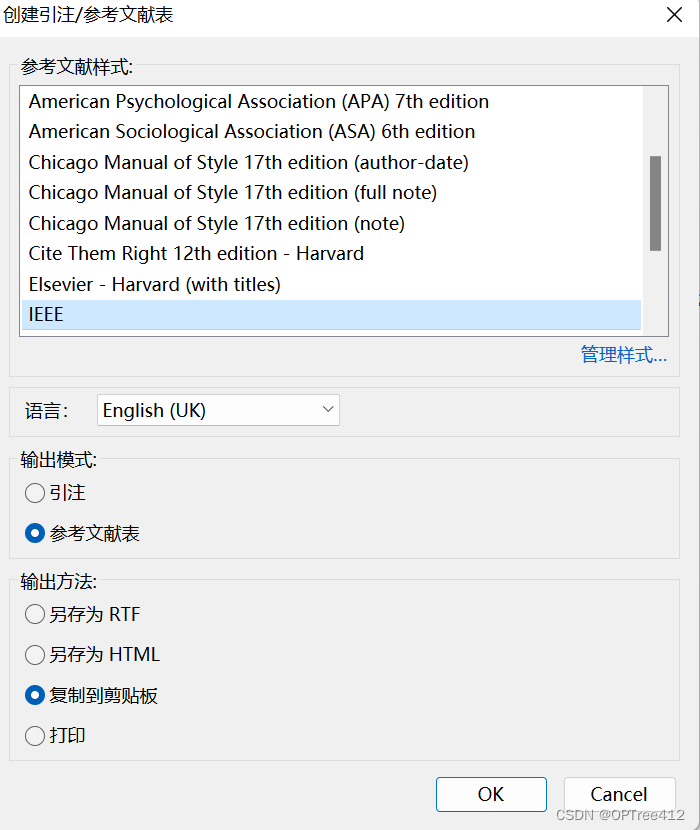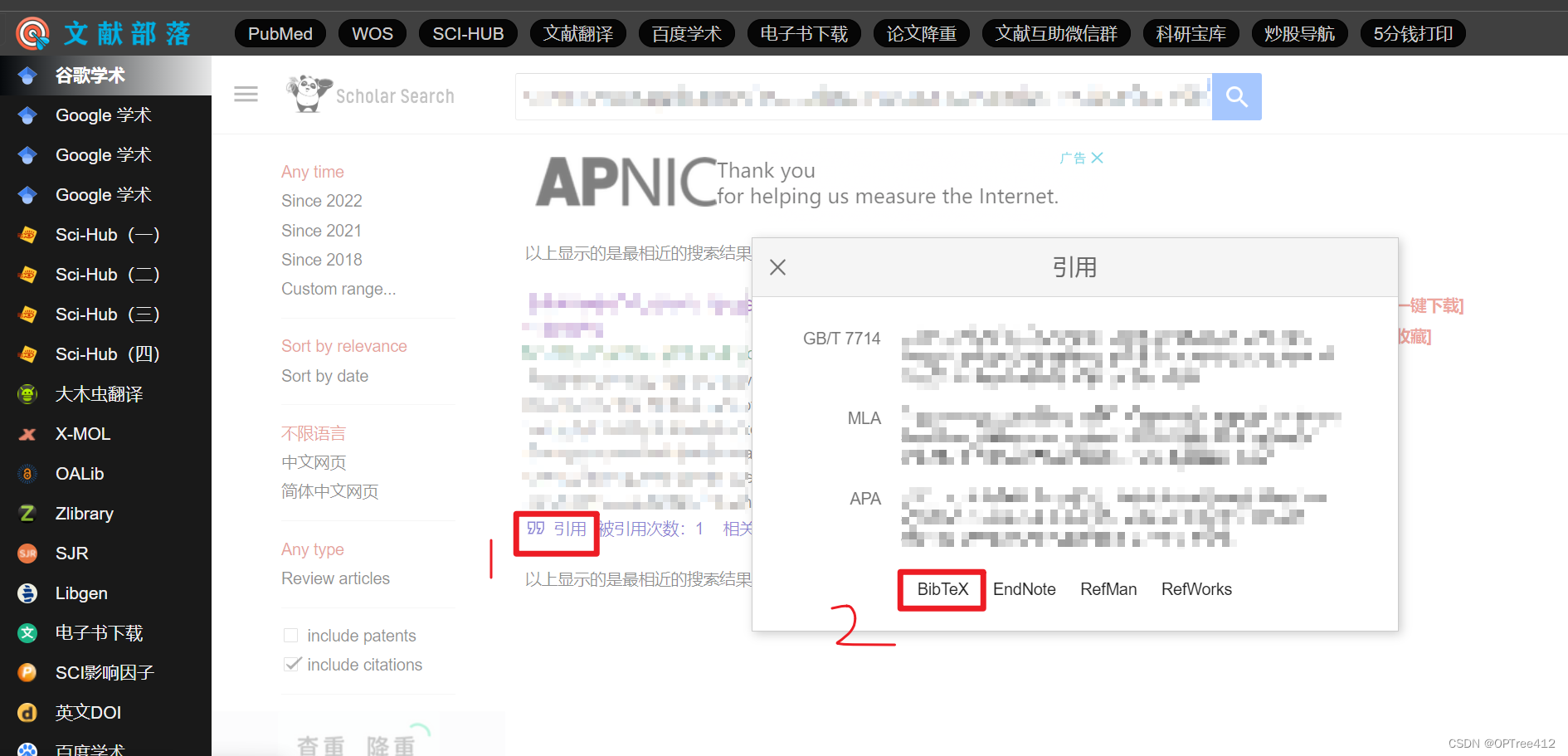Thank you Zotero!
sad beginning
At the beginning, I was confused when I saw the reference format of the paper template. I didn’t know how to do it. It took me a long time to find out the method!
Method 1 (documentation pdf)
First of all, there must be a Zotero, move the pdf you want to refer to, and when zotero generates an entry, right-click to create a reference with the selected entry . Then find IEEE in it , and follow the rest as shown in the figure below.


Method 2 (no literature pdf)
At this time, you can only rely on the literature tribe . If you find the pdf here, go back to method 1 and it will be ok.
If not, you can go to Baidu Academic , and you may find the official website of the document.

Then search for the word Cite in it , which is used to cite literature. If you are lucky, it will also give you the download path of .bib. Download the bib file of .bib and throw it into Zotero, then you can continue to use method one.
Anyways overall thanks to Zotero for killing me
Method 3 (write it yourself)
The following is the IEEE reference format, and the format in the .bib file shall prevail.
How to find the bib file?


Papers
<名(首字母)>. <姓(全)>, "<论文标题>," <期刊名称>, vol. <卷号>, no. <期号>, pp. <起始页码-终止页码>, <年份>.
@article{
标识符,
author = {
{
姓, 名 and 姓, 名 and ... and 姓, 名}},
title = {
{
论文标题}},
journal = {
{
期刊名称}},
volume = {
卷号},
number = {
期号},
pages = {
起始页码--终止页码},
year = {
年份}
}
A few points to note:
- The identifier is generally represented by the first author's last name + year, of course, you can also use your own identifier for easy identification
- Many people are familiar with the order in which the names of foreigners are arranged first and last, but in the bib file in IEEE format, the last name is first and the last name is last. If the author has a middle name, use the following order: <last name, middle name>.
- All punctuation in the bib file must be English punctuation.
- Special symbols generally include underscore (_), ampersand (&) and so on. When using these symbols, please pay attention to adding a backslash () in front to escape them, otherwise bibtex cannot be compiled.
- Use double dashes (–) in the pages field to connect the starting and ending page numbers.
Proceedings
<名(首字母)>. <姓(全)>, "<论文标题>," in <会议名称>, <年份>, pp. <起始页码-终止页码>.
@inproceedings{
标识符,
author = {
{
姓, 名 and 姓, 名 and ... and 姓, 名}},
title = {
{
论文标题}},
booktitle = {
{
会议论文集名称或会议名称}},
pages = {
起始页码--终止页码},
year = {
年份}
}
Books (monographs)
<名(首字母)>. <姓(全)>, <专著标题>, <出版社>, <年份>.
@book{
标识符,
title = {
{
书籍标题}},
author = {
{
姓, 名 and ... and 姓, 名}},
publisher = {
{
出版社名称}},
year = {
年份}
}